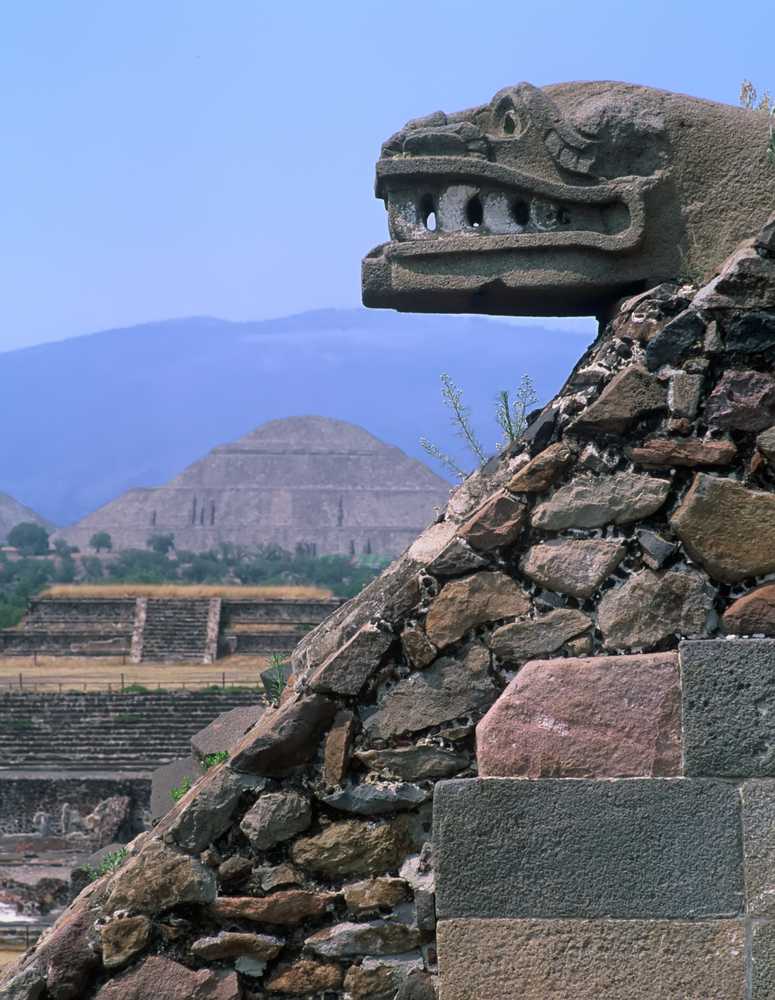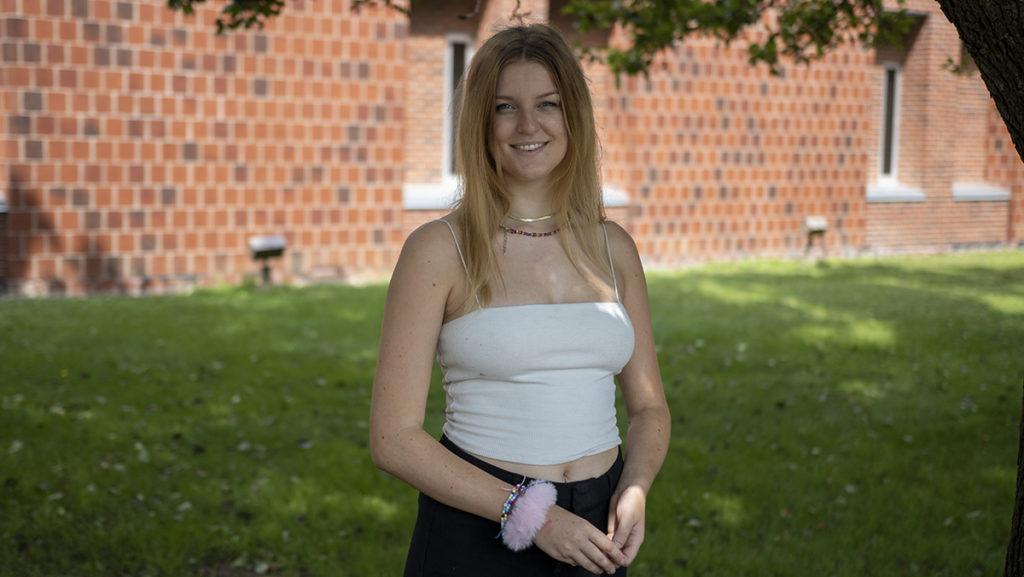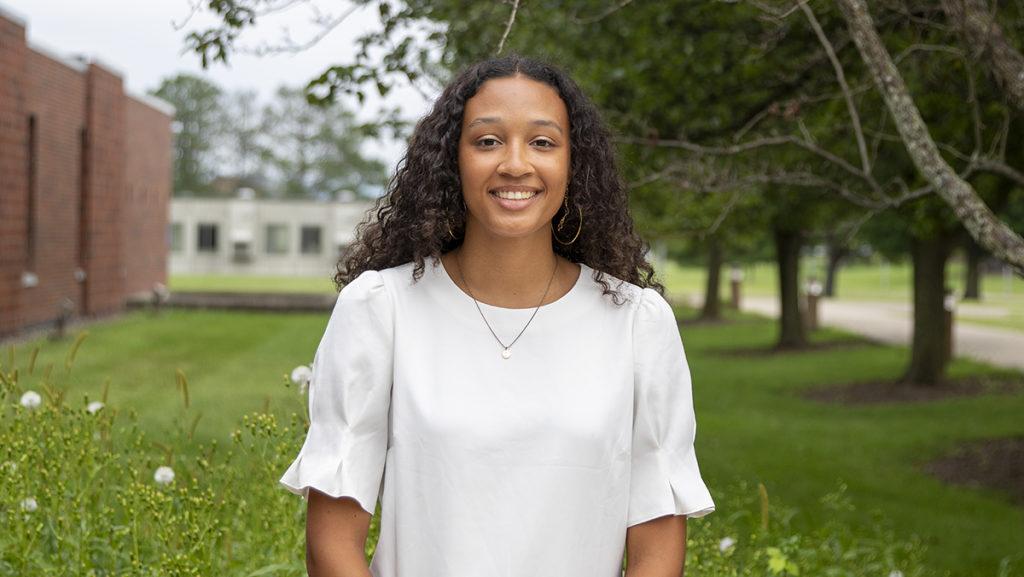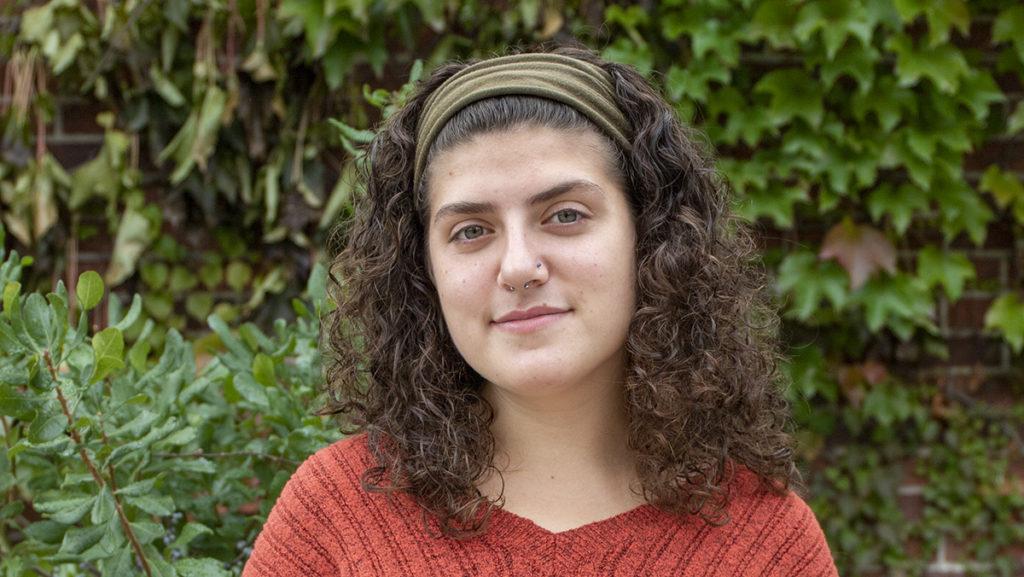When people hear the world “archaeologist,” the image of a pith-helmeted historian tiring under the desert sun with a brush to uncover a perfect and complete T. rex skeleton. While full skeletons are a rarity, these scientists have found some neat collections, including the grave of what might have been an ancient queen, and they’ve been using technology such as radar robots to detect underground tombs and tunnels.

British archaeologists found a grave in a quarry between Heathrow Airport and Windsor Castle that contained a large cup, beads, and buttons. The jewelry and other clothing adornments found at the site were made out of materials such as gold and amber that were not readily available in the area, which suggests that the woman buried there was of higher status. The acidic soil degraded the bones, so carbon dating cannot be done, but scientists estimate that she died around the time Stonehenge was built, or around 2500 BCE.
In Mexico, scientists are using small robots named after the Aztec rain god to explore Teotihuacan, an ancient city about 30 miles outside of Mexico City. In 2011, the robot Tlaloc I found a long tunnel under the Pyramid of Quetzalcoatl, and its successor, Tlaloc II, recently found not one but three burial chambers connected to the tunnel. The latter robot is made of three parts – a lead vehicle, an infrared scanner, and a video drone – to explore parts of the tunnel system that archaeologists themselves cannot enter.
It’s a shame the body of the ancient queen was too degraded. It would’ve been neat to see if I was related as closely to her as I was to Ötzi the Iceman.






